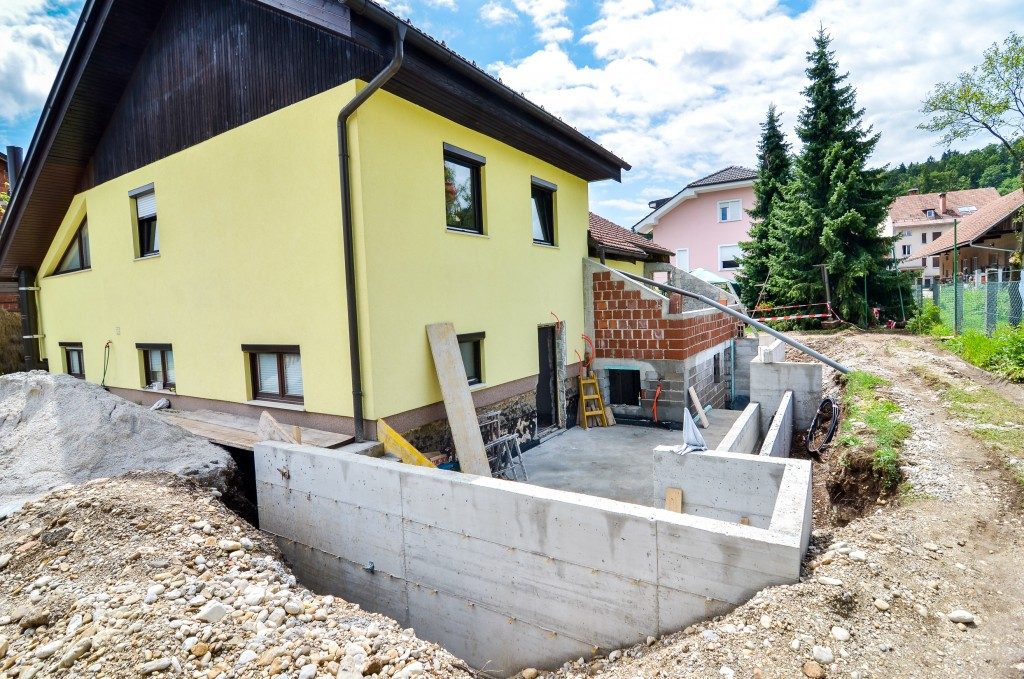It’s easy to choose a new home for its superb interior design and captivating exterior appeal, but after getting it inspected professionally and finding out that it has foundation issues, it can be disheartening and disappointing. A faulty foundation shouldn’t be downplayed; it can lead to more severe structural problems that will be costly to repair.
That said, learning how to spot the signs of a problematic foundation is important for home buyers. In addition, occupants of an old house may also want to ensure that their foundation is still sturdy. If you’ve noticed any of the following signs, call a house foundation repair professional right away:
Signs of a Weakened Foundation
The telltale signs aren’t seen along the foundation alone. Be alert when you spot these issues and damages all over your home:
- Doors jamming and straining to latch
- Windows that begin to close or open with difficulty
- Cracks on walls, especially by the doorways, windows, floors (in vinyl or ceramic tiles or concrete), and the spaces where the wall meets the ceiling
- Inwardly bent basement walls
- Sagging and moisture in the crawl space
- Sinking porch or stoop
- Leaning chimney
- Water damage (puddles, wet framing)
When you notice one or more of these structural issues occurring in your home, check outside to determine the foundation’s condition. It’s supposed to be perfectly straight, from the bottom up and across; there shouldn’t be any leaning wall.
Bulges or curves on the concrete walls or in a block foundation could mean that the foundation has shifted or pressured due to the expanding and contracting soil around it. Chipping and flaking on a poured perimeter foundation could also be a sign. To check, use a sturdy material to poke the concrete. If it crumbles, you’d need a new foundation. This issue is common among older homes, typically those that have been built in the early 1900s.
What Causes Foundation Problems?
According to some experts, there are three main reasons for foundation problems. The first one is the deterioration of stem walls. These walls sit on top of concrete slabs, acting as the base structure where the rest of the home’s walls and floors are attached.
The second reason is the settlement of the foundation. Over time or due to the weather, the soil underneath may shrink, causing the foundation to sink or “settle.” The third cause is a foundation heave, which happens when the soil underneath rises over time. This tends to occur after some areas in the foundation settle.
The age of the house shouldn’t be the sole factor in determining foundation problems. Even new houses arent safe from these issues, so when you’re buying a home, have it inspected by a professional.
How to Fix Minor Damages

Small cracks (no more than 1/16 inches wide) along the walls can be remedied by repainting them with concrete waterproofing paint. If the cracks widen after some time, it means the pressure is causing it. Have a professional check and repair this issue right away.
When the problem is more severe, foundation repair involving bolting on steel braces, underpinning, epoxy glue, or a total replacement will be necessary.
Having said these, be sure to include the foundation in your priorities as you search for a new home. Insist on the seller that you need the house inspected so that you can dodge a faulty deal due to an undetermined foundation issue.

